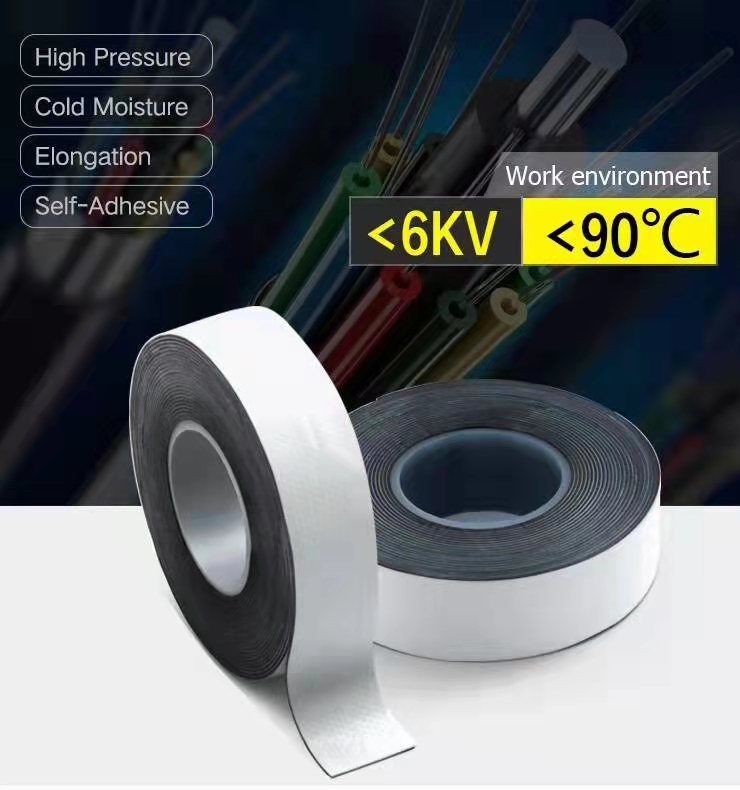The Importance of Automotive Harness Tape in Vehicle Manufacturing
In the ever-evolving world of automotive manufacturing, ensuring that every component is well-protected and functions seamlessly is crucial for both performance and safety. One of the unsung heroes in this regard is automotive harness tape. This specialized tape plays an integral role in protecting wiring harnesses, which are essential for the electrical systems of vehicles, from cars to trucks and beyond.
Understanding Automotive Harness Tapes
Automotive harness tape is designed to insulate, bundle, and protect the multitude of wires that make up a vehicle's electrical system. These harnesses carry power and signals to various components, including the engine, lighting systems, infotainment, and safety features. The tape is typically constructed from durable materials that can withstand the rigors of automotive environments, including temperature fluctuations, moisture, and exposure to chemicals and abrasion.
Types of Automotive Harness Tapes
There are several types of automotive harness tapes, each serving specific purposes
1. Vinyl Tape This is a common choice for basic insulation and bundling. It provides a good level of protection at an economical price, making it suitable for various applications.
2. Fabric Tape Known for its excellent conformability and resistance to abrasion, fabric tape is often used in high-performance environments. It’s particularly useful in areas where heat and friction might be a concern, such as around engines.
3. Self-adhesive Tape This type sticks to itself when wrapped tightly, ensuring a secure hold without the need for additional adhesives. This makes it ideal for use in harnesses where space is limited and added bulk needs to be minimized.
automotive harness tape

4. Heat-resistant Tape For applications where temperatures can soar, heat-resistant tape is crucial. It prevents the wiring from damage due to high heat, thereby increasing the lifespan of the electrical system.
The Benefits of Using Automotive Harness Tape
1. Protection from Environmental Damage Automotive harness tapes act as a barrier against moisture, dirt, and oil, which can compromise electrical connections and lead to failures. By adequately shielding the wiring, these tapes help ensure the longevity of the vehicle's electrical systems.
2. Vibration Dampening Vehicles experience significant vibrations, which can cause wear on exposed wires. Harness tapes reduce the impact of these vibrations, preventing wear and tear on the wiring.
3. Improved Safety A well-insulated harness prevents short circuits that could lead to electrical fires or malfunctions. Harness tapes enhance safety by ensuring that wires are bundled neatly and securely, reducing the risk of accidents on the road.
4. Aesthetic Appeal In addition to functionality, automotive harness tape offers a clean, finished look to wiring systems. This is especially important in modern vehicles where aesthetics matters as much as performance.
5. Ease of Installation Many automotive harness tapes are designed for ease of use, allowing for quick wrapping and application, which can speed up the manufacturing and repair processes.
Conclusion
In summary, automotive harness tape may seem like a small component in the grand scheme of vehicle manufacturing, but its impact is substantial. It not only protects and insulates wiring but also contributes to the overall safety and performance of vehicles. As technology continues to advance and vehicles become more complex, the role of such protective measures will be increasingly important. For manufacturers and vehicle owners alike, investing in high-quality automotive harness tape is a step in the right direction towards enhanced reliability and longevity of automotive electrical systems.
-
XIANGFAN Rubber Tape-Ultimate Solutions for All Your Insulation NeedsNewsJun.24,2025
-
XIANGFAN Rubber Tape-Protection for Industrial and Residential ApplicationsNewsJun.24,2025
-
XIANGFAN Rubber Tape: Superior Safety and Sealing for Demanding EnvironmentsNewsJun.24,2025
-
XIANGFAN Rubber Tape: Reliable Solutions for Every Electrical ChallengeNewsJun.24,2025
-
XIANGFAN Electrical & Industrial Tape: Powering Reliability Across IndustriesNewsJun.24,2025
-
XIANGFAN Electrical & Industrial Tape: Excellence in Every ApplicationNewsJun.24,2025
